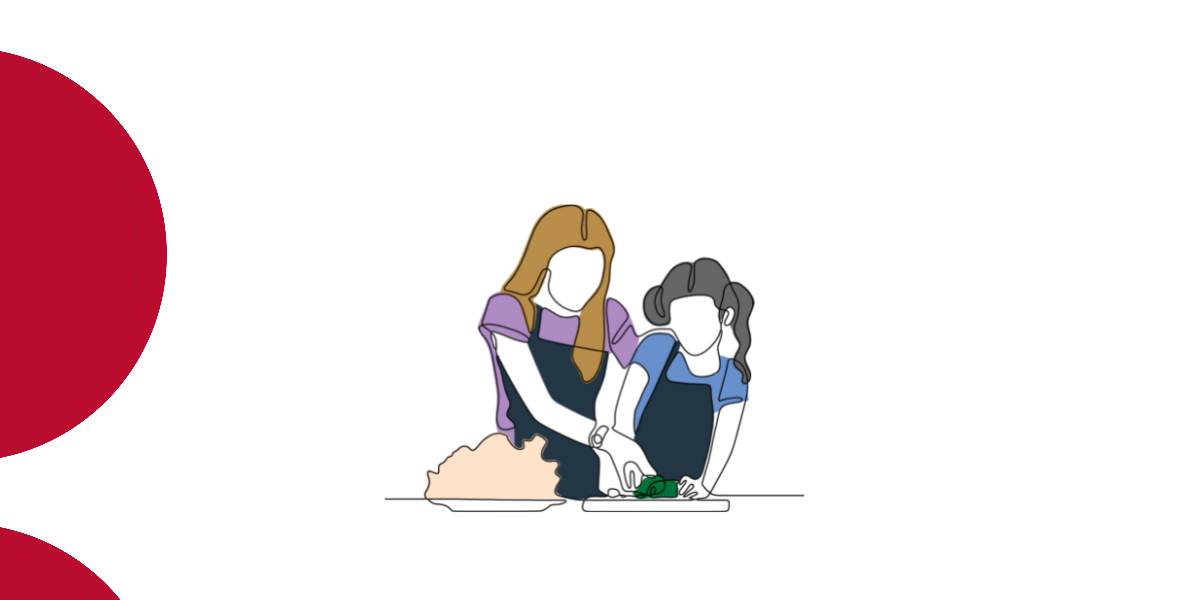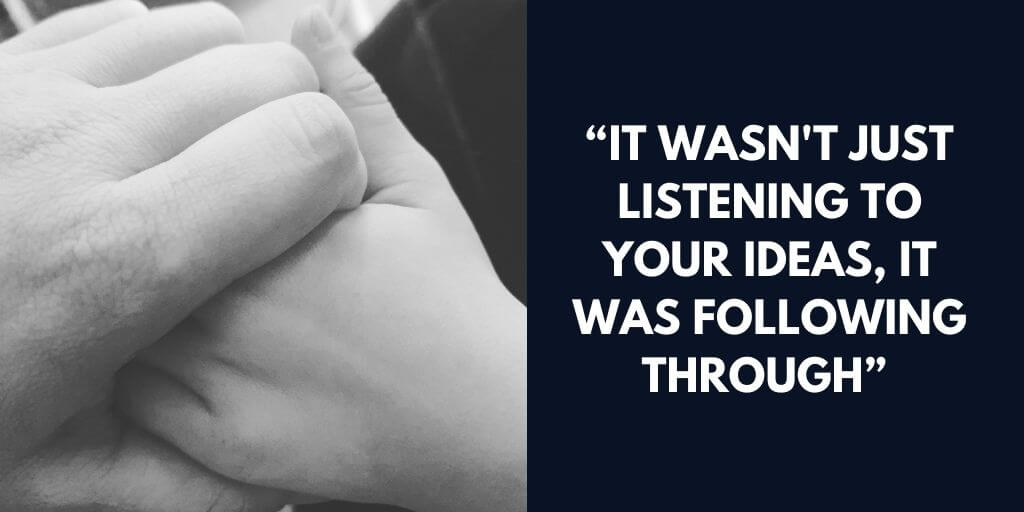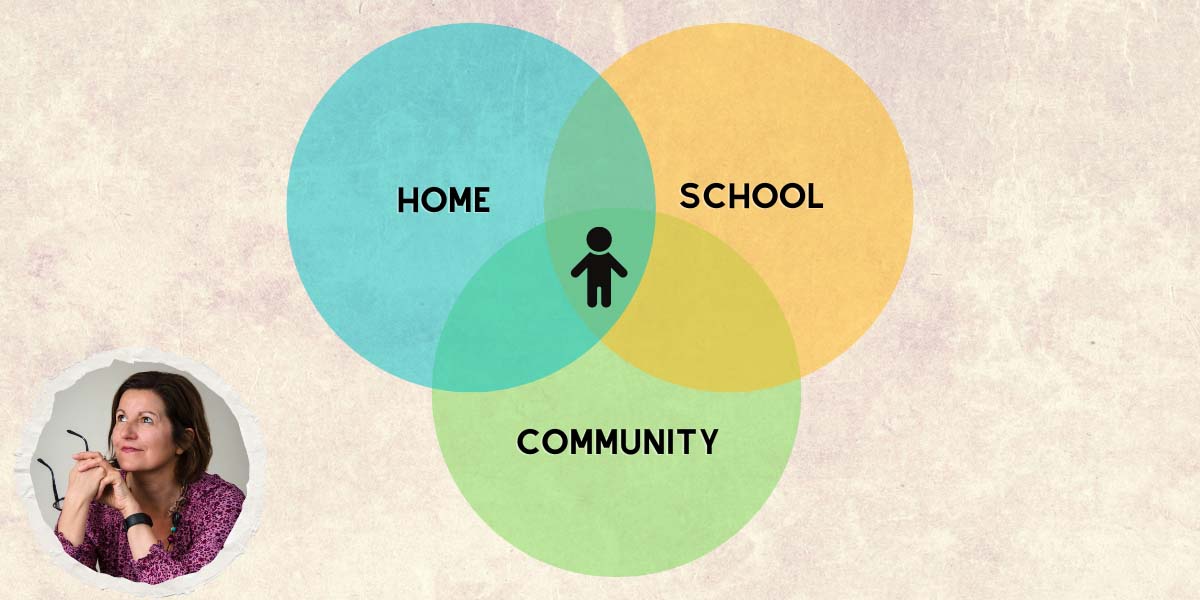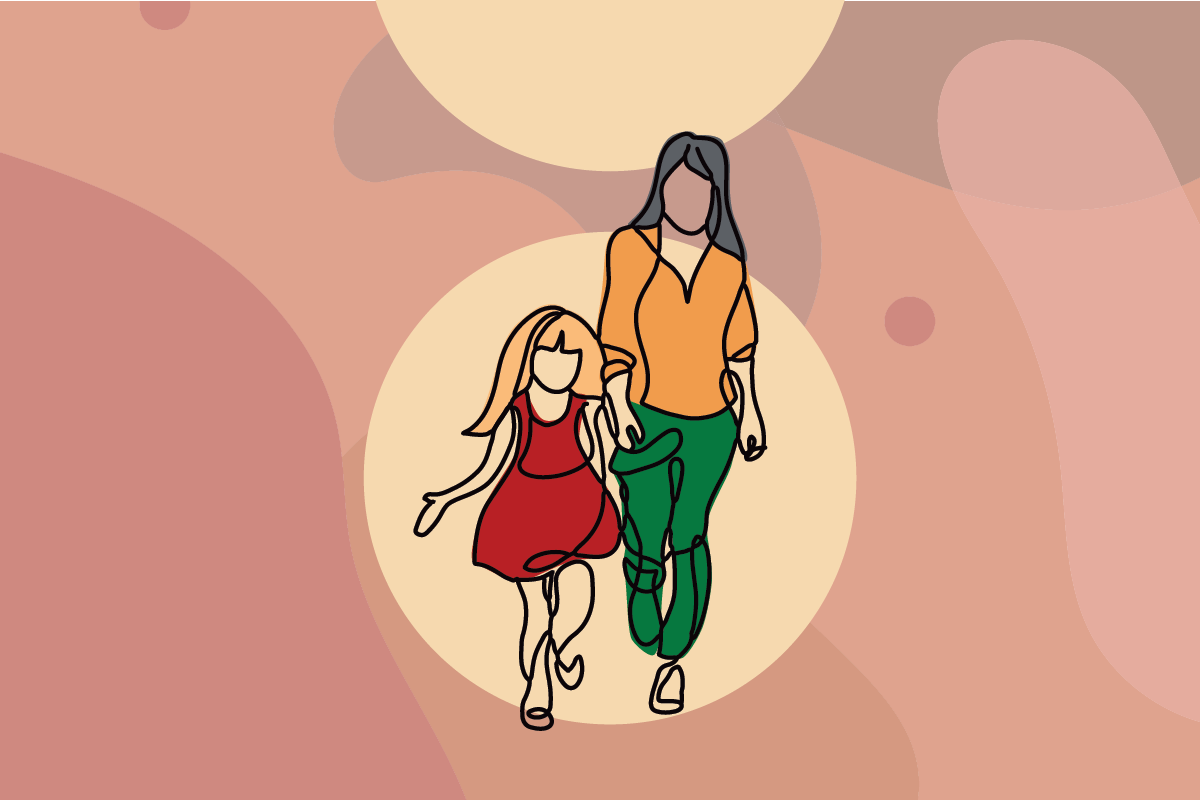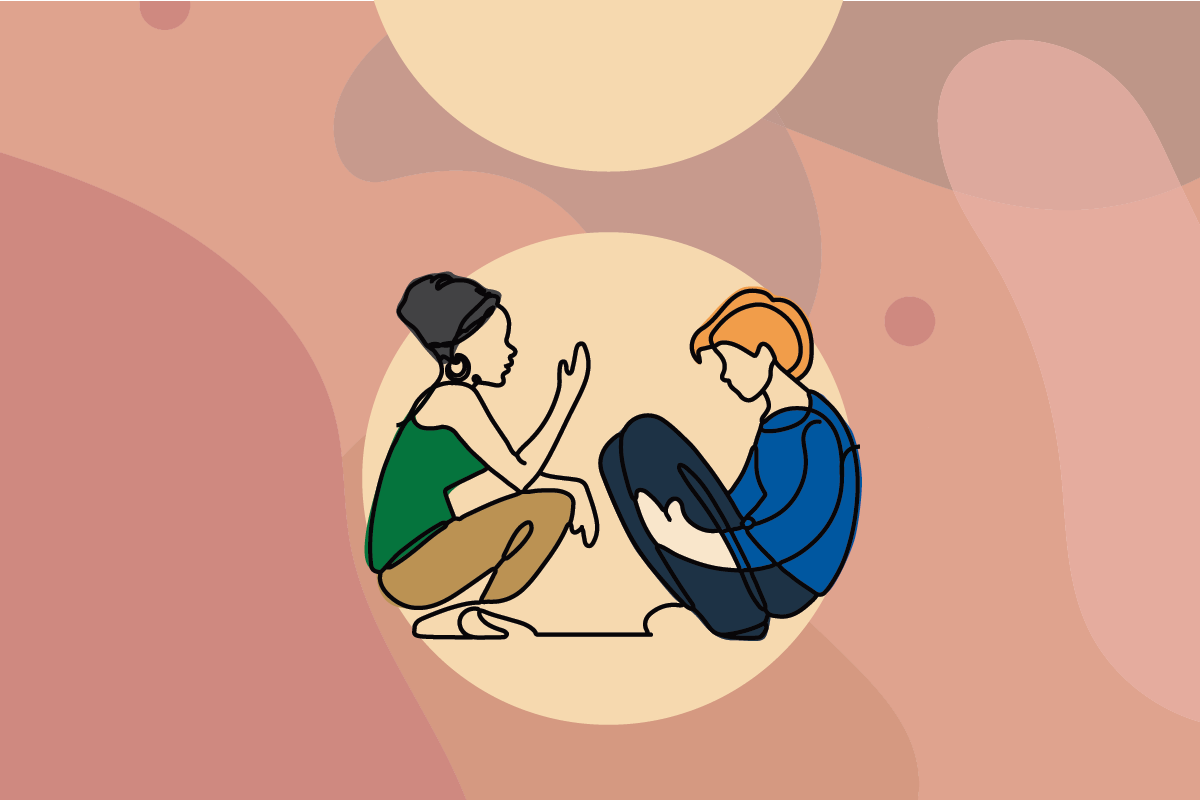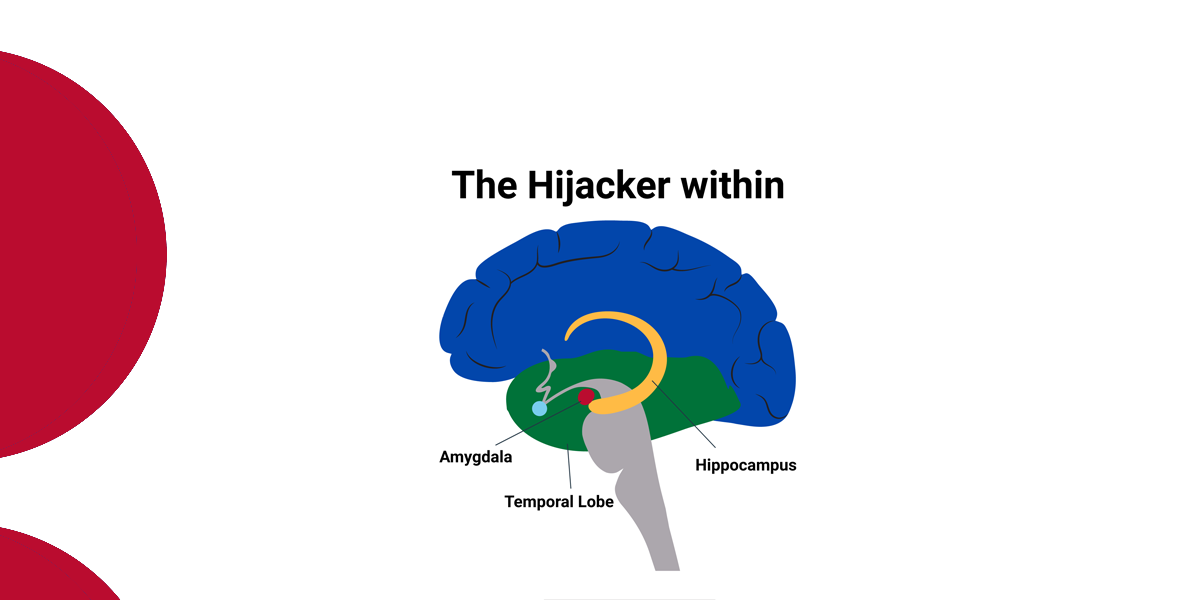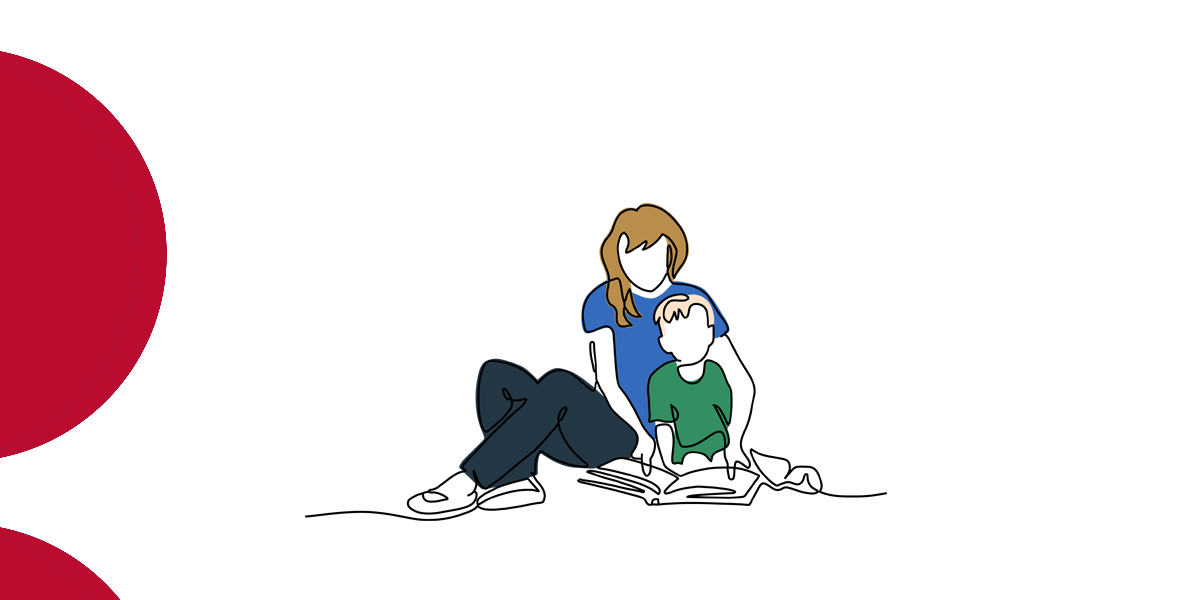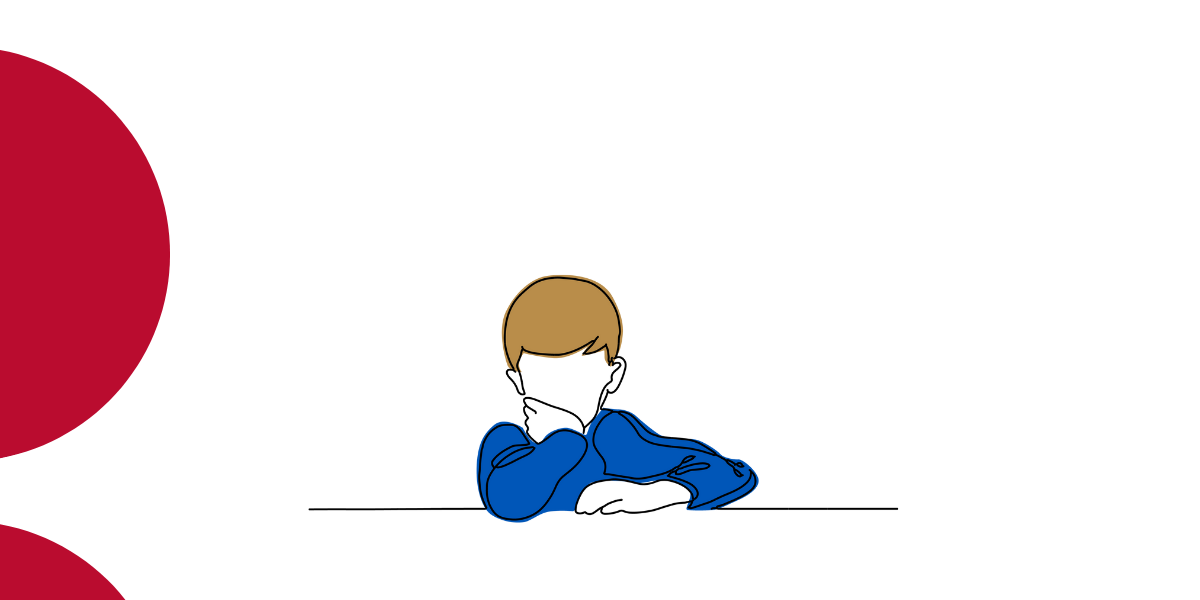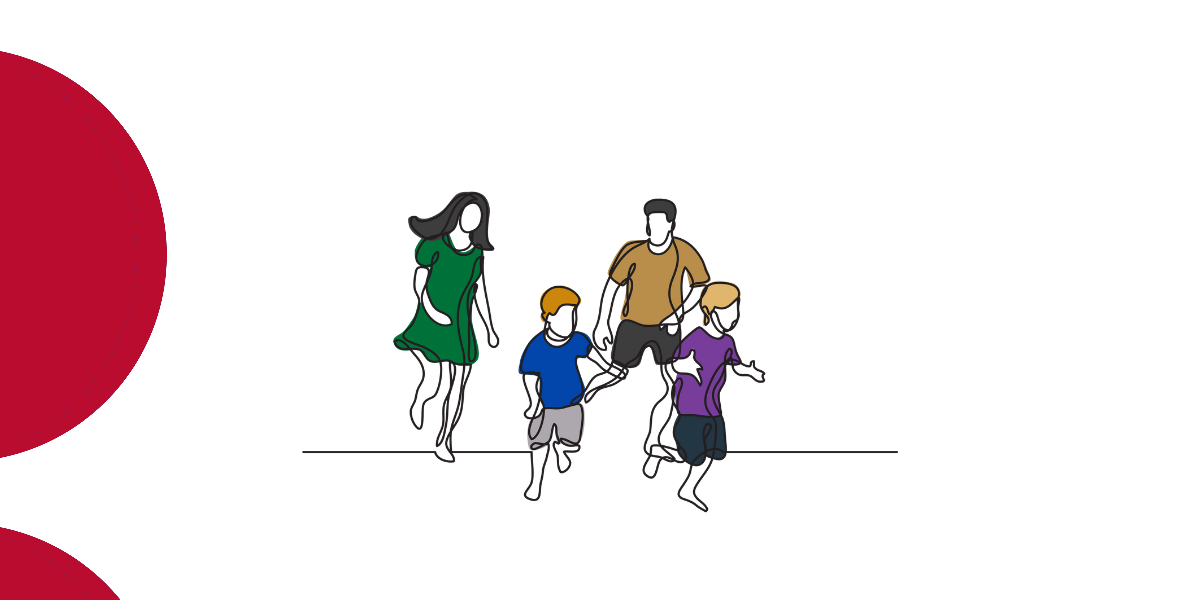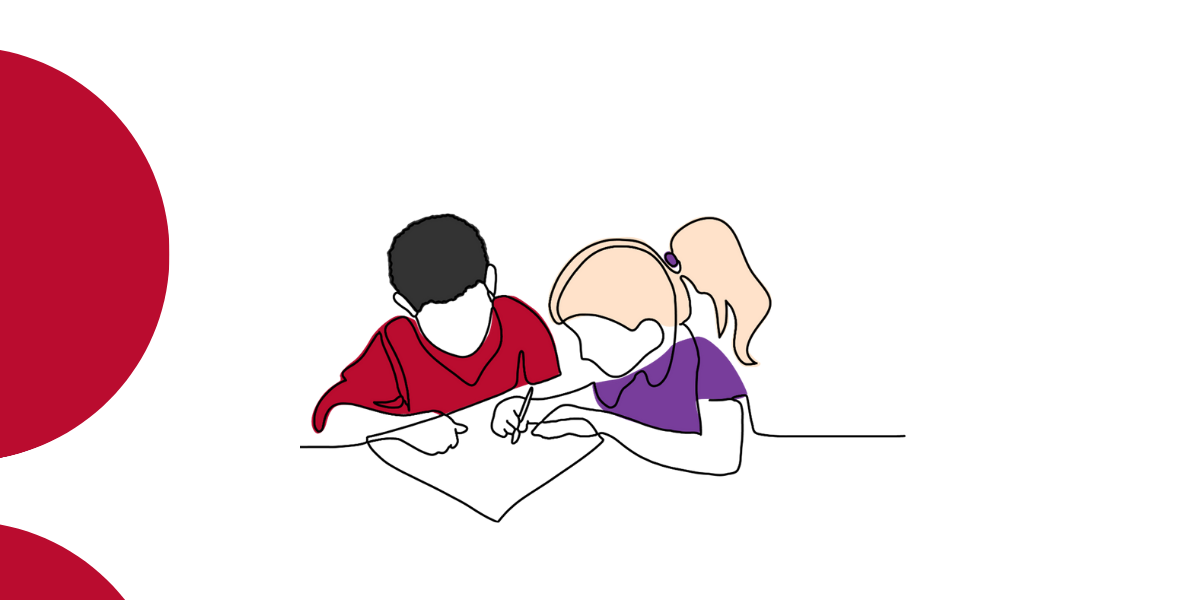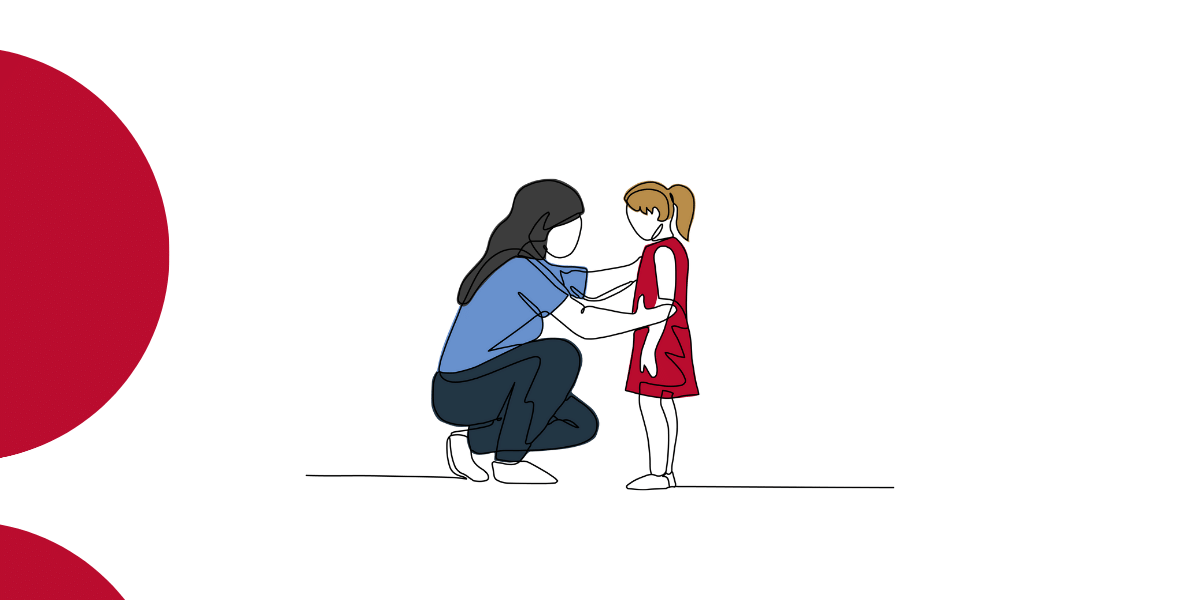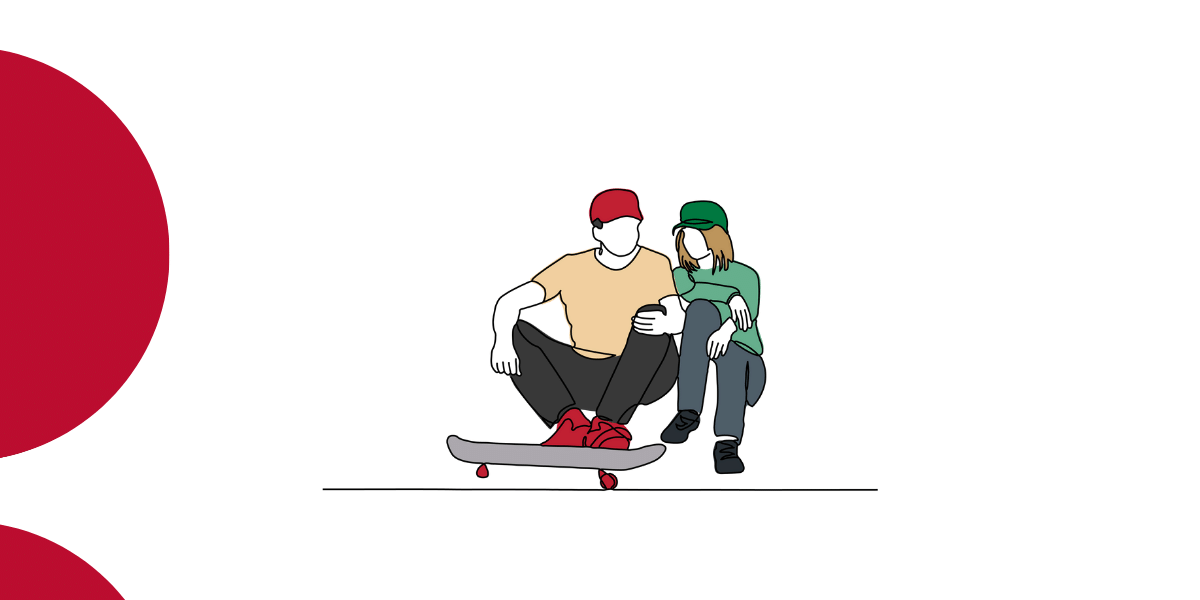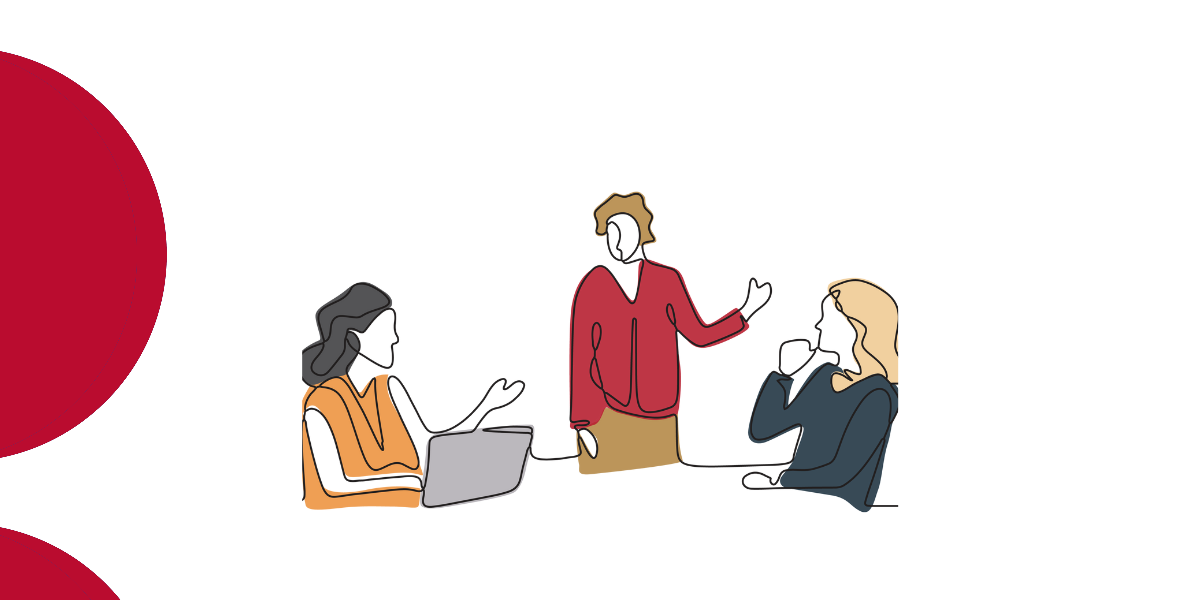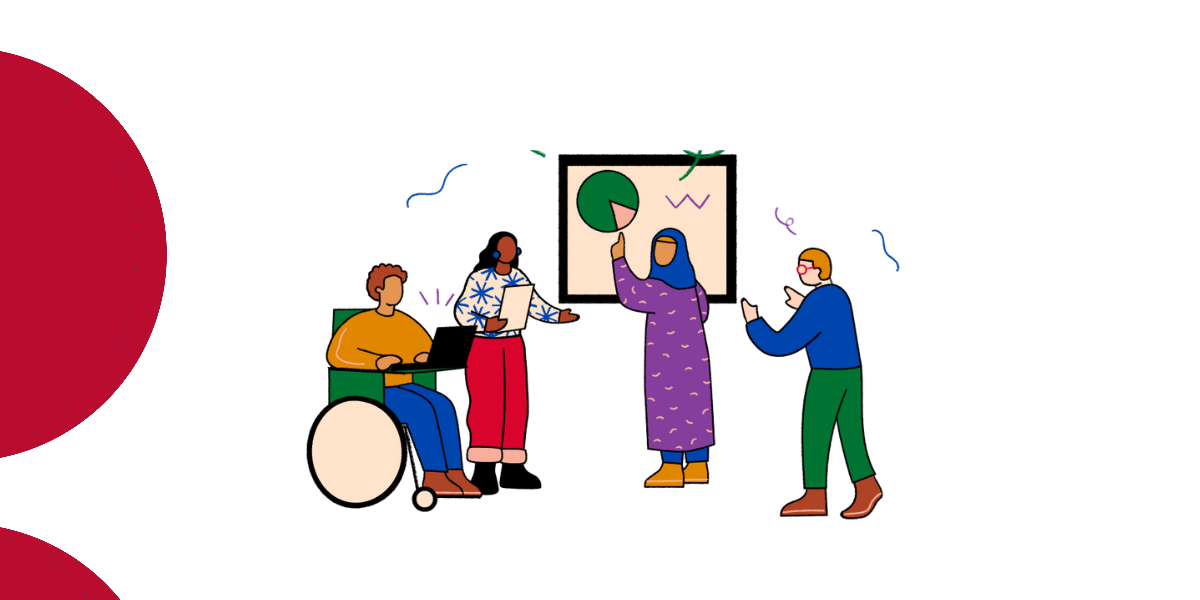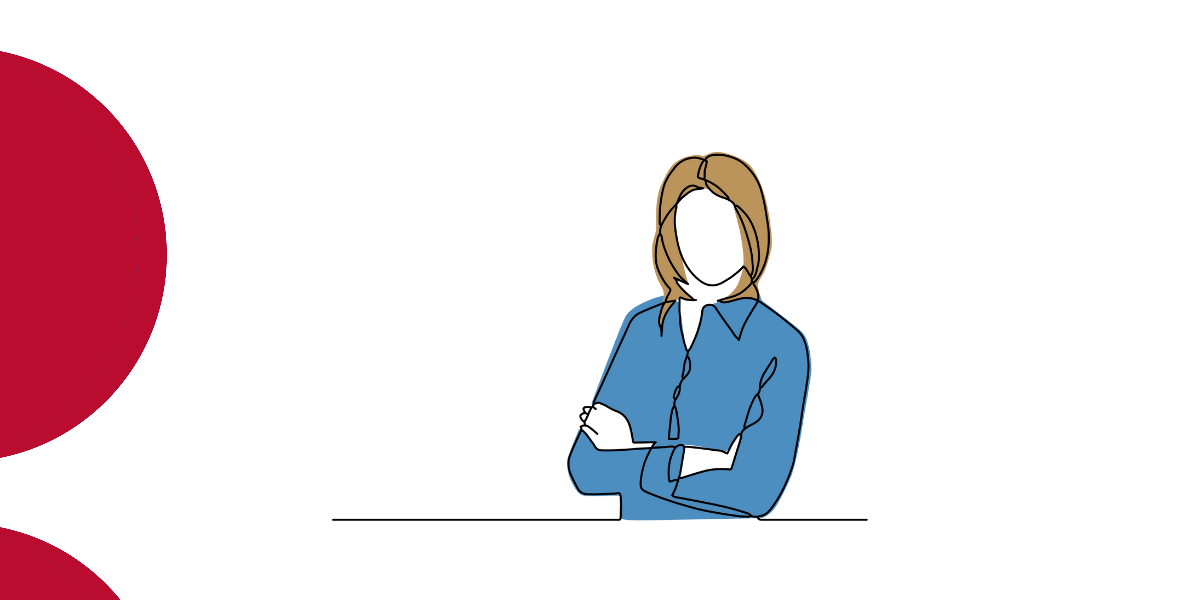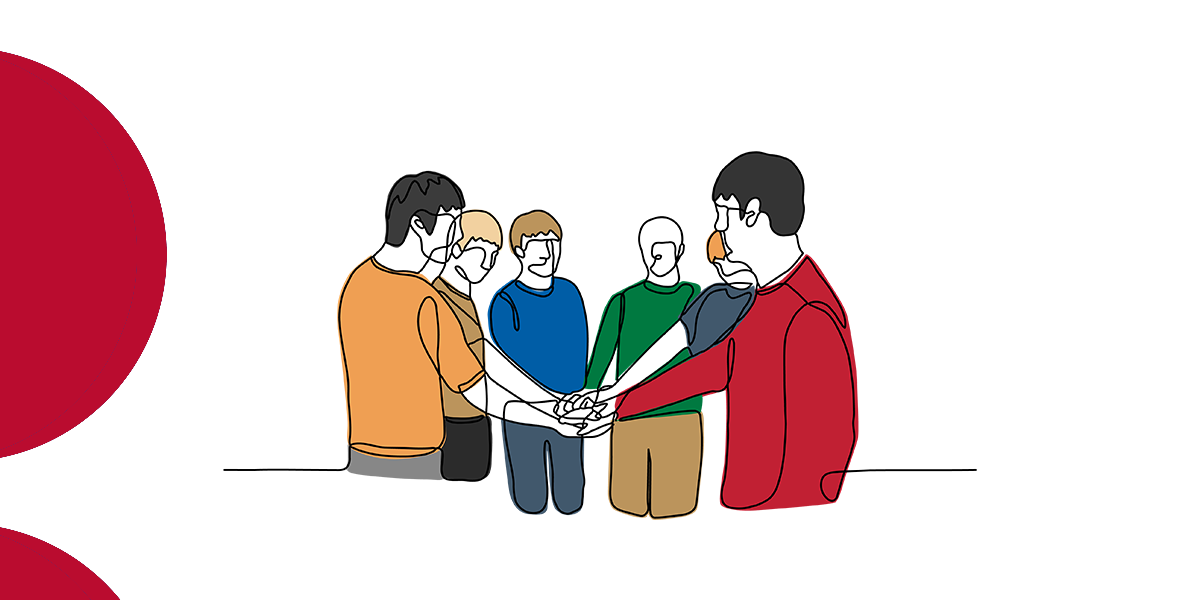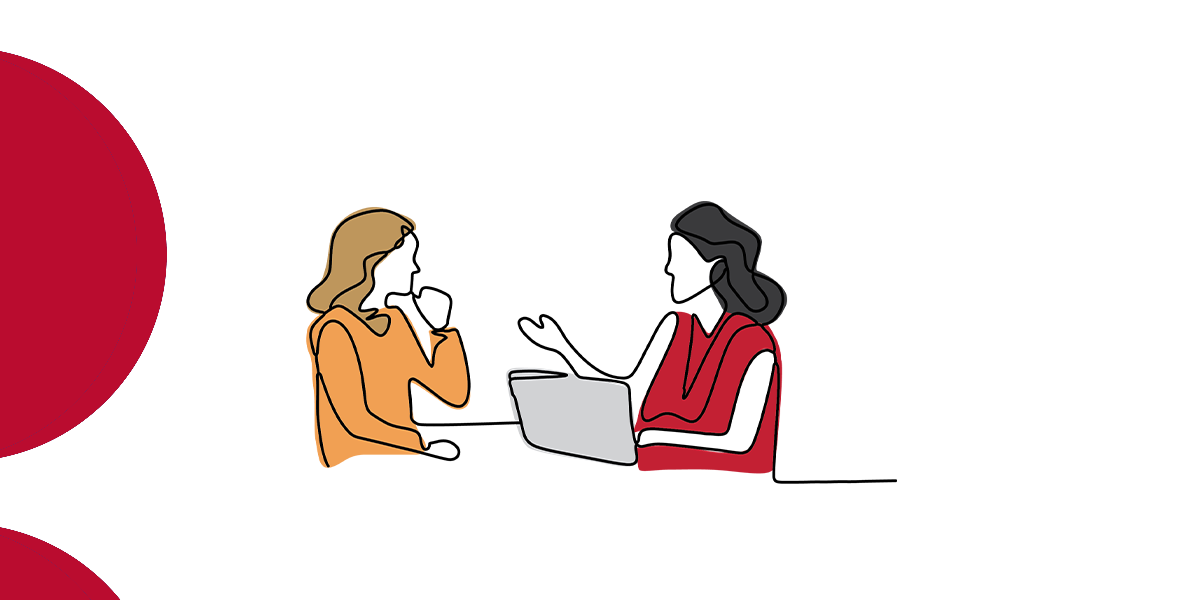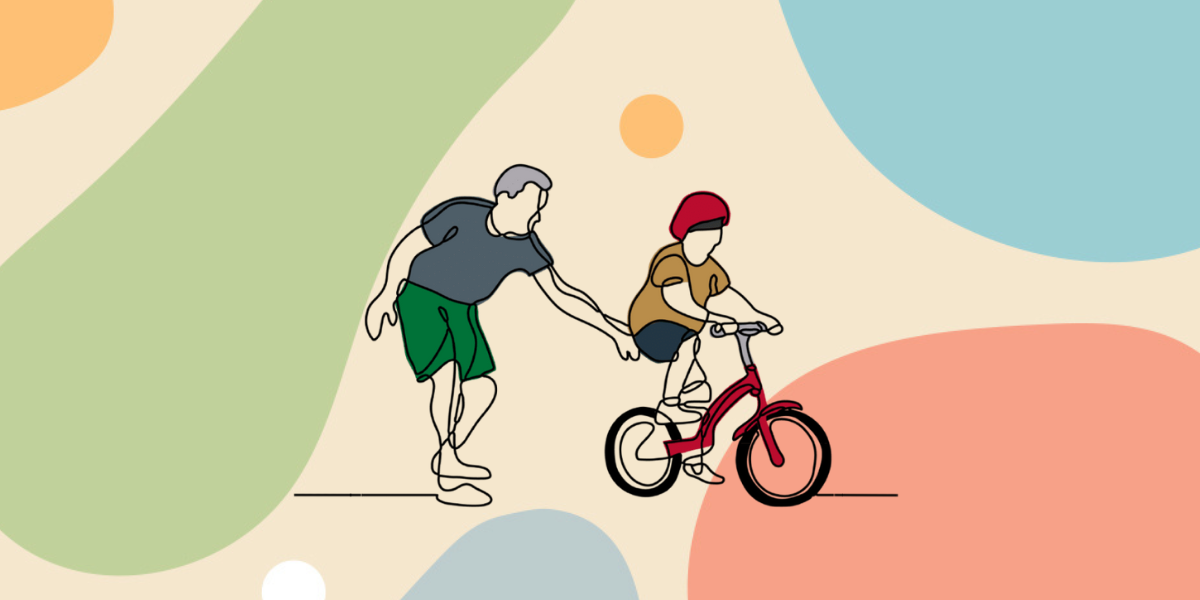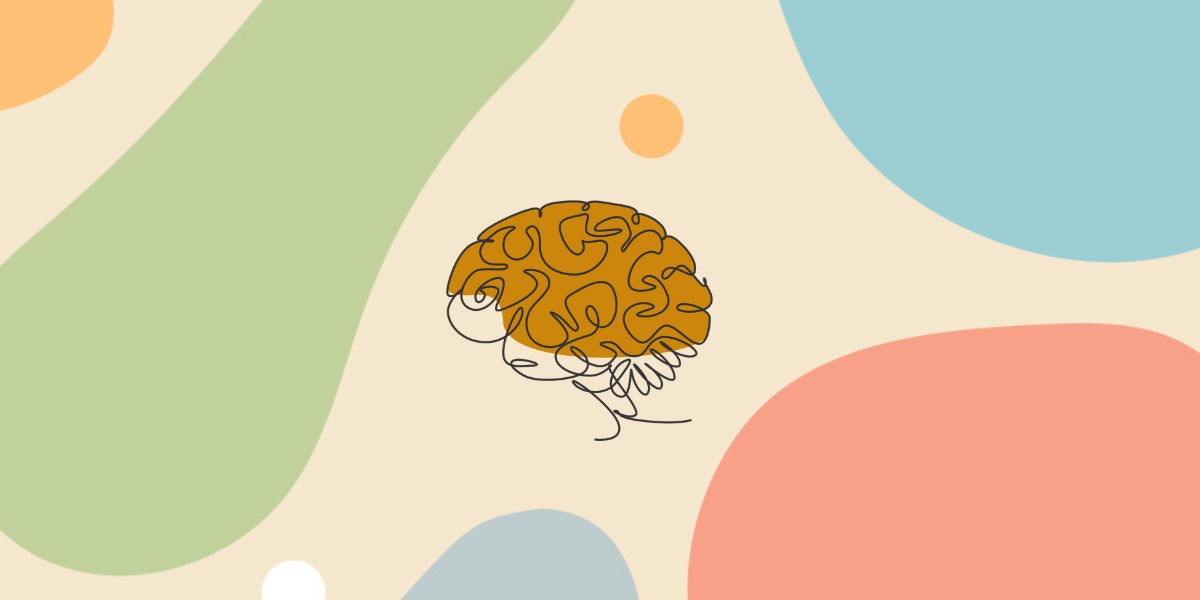New years’ resolutions and other goals for teens in care
Jan 2023
Written by Billy Black
When I was a teen in care, I found the (well-intentioned) focus on my progress from case workers and other adults exhausting. If I tried hard, I made “progress”, but then those goal behaviours became expected, and I couldn’t keep it up.
“Did you make any New Year’s resolutions?” is a common polite chit-chat question that adults roll out in January to give kids a break from “How is school going?”, and while that’s a relief, I usually answered, “Resolutions are for people who want to go to the gym for a day. Just make one up about homework or something if you need one for my file.”
While I might tell my younger self that people trying to connect with you is a treasure that becomes rarer as you age, I still think I nailed the problem with resolutions. I do use resolutions and goal-setting fruitfully now, but they required one caveat to the definition: the goal is an incremental change in behavioural direction, rather than a behavioural destination.

The Bush-Bashing Strategist and the Autopilot Toddler
Your brain is puppeteered by two Yous.
The Bush-Bashing Strategist You uses your logic and knowledge to plan a course to bush-bash through the foresty unknown adventure of your life.
The Autopilot Toddler You runs on autopilot, zooming down the clearest paths you’ve already travelled before, occasionally taking an unfamiliar path only if it looks like more fun.
This is the best way to run a brain, because your Bush-Bashing Strategist requires tremendous energy that would be wasted on merely getting dressed, while your Autopilot Toddler has fantastic energy but no capacity to understand long-term consequences. Your Bush-Bashing Strategist double-checks the spelling of “cordially” for a business email, your Autopilot Toddler sneaks lollies from the desk drawer while your Strategist is emailing.
You may have heard of this as the “thinking brain” (or neocortex), and the “feeling brain” (or limbic system), but I find it helpful and more memorable to imagine a muscular glasses-wearing version of myself battling against my inner toddler for the controls whenever I walk past the cookie jar.
Kids in out-of-home care have the same Strategist and Toddler as you do, but their forest has historically been a scary and dangerous place. For these children, it’s only sensible to leave the Autopilot Toddler in charge, with the reflexes and energy to zoom away from danger down the clearest path. Adults who automatically pick up a dropped cup find it surprising or confusing when a child automatically screams and runs away in response.

Behavioural destinations vs behaviour direction changes
The problem with resolutions is that the goal is often too energy-consuming for the Strategist long-term and can’t be delegated to the Toddler quickly. Unless distracted by fun, the Autopilot Toddler always takes the clearest, least overgrown path.
That leaves you with two options:
- Spend incredible energy on forcing yourself to bush-bash the new path consistently until it becomes a clearer easier path than the old overgrowing route, at which point your Toddler finally takes over. For example, a resolution to get your first gym membership and go three times a week from now on, hopefully becoming part of your automatic routine by next year.
- Use the old route, but strategically set up a single trigger point that you can easily spend some small energy on bush-bashing every time you happen to pass, eventually building it into the automatic routine that clears the path for your Toddler. For example, a resolution to take the stairs instead of the escalator at the train station every morning, becoming a part of your automatic routine within a week or so.
Option 1’s big problem is that it requires you to be a better version of yourself, someone who has more “discipline” and who “tries” harder. When you fail a behavioural destination goal, it feels bad because you judge yourself as a “lazy” person who just didn’t “want” to change enough and does not “try”.
Option 2 only asks you to take an extra second to think “oh right – the stairs” when you reach the train station, then let your Toddler take over your feet. It’s a change in direction towards extra activity, and once it’s truly unconsciously in your routine, your Toddler does it on autopilot every day without your Strategist lifting a finger. Your physical activity improves over time, and eventually, your Toddler might not even argue when your Strategist suggests taking the fire stairs instead of the lift, or walking 15 minutes instead of ordering an uber.
Goals that can set young people up to fail
Goals that are lofty behavioural destinations instead of incremental behavioural direction changes are unfair for young people in care, who often already believe they are bad people to deserve the neglect and abuse they’ve experienced.
Additionally, being in care seems to invite constant thinly veiled judgement from adults in every direction. Adults can’t see inside young people’s brains, and forget they are (wisely) overprepared for threatening situations. The Toddler always ready to react, the Strategist underexperienced with an unimpressive record of safe exploration.
Teen goals that I can recall from case meetings were things like an 80% school attendance rate, or completing my homework on time. I did agree to them, so they weren’t entirely someone else’s goals imposed on me, but they reinforced my default status as a “lazy” person who doesn’t “want” to change and doesn’t “try” hard enough. In retrospect, very unfair considering the extra chaos I had to manage living in residential care.
Converting these behavioural destinations to behavioural directional changes, my goals could have been to leave the house at the trigger of 8am for an hour (ideally resulting in school attendance but not forcing a miracle), or to text homework tasks to my youth worker at the trigger of a teacher giving them (which doesn’t complete them but at least writes them down).
Of course, while these examples would have been the perfect 5% direction change for me, they would be too small or large a directional change for nearly all other young people in care. Unfortunately, every solution only works for a handful of children. Part of what makes caring so challenging and rewarding is the need to closely tailor your care to each individual child.

Helping children find the next step towards a positive direction
I think many modern care plans and behavioural support plans try to offer incremental change, but aren’t tailoring well to what each child can really do in a threatening situation where their Strategist is offline. What’s a 5% directional change for a child who resorts to explosive violence too quickly? Suggestions such as “go to the office”, “count to ten”, or “ring your carer” fall apart when children “forget” to use them. I put “forget” in quotes because children used to danger cannot use their Strategist to make planned, rational choices when they feel threatened.
It’s not fair to say children forget, or don’t try hard enough, or just want attention. Like all children, young people in care are good, and do want to change automatic responses that don’t benefit them. All children want to be safe and liked as much as you and I do. They need plenty of support, encouragement, praise, and confidence to find the first step towards a more positive behavioural direction.
If you’ve ever found a resolution hard to stick to and depressing to fail, remember that young people in out-of-home care have similar experiences with care goals. If you’re working with someone who’s struggling with a care goal, maybe this can help you find something outside the box that would fit their abilities better. A goal that is a trivially easy behavioural direction change rather than a behavioural destination puts less pressure on kids to be “better” and offers an avenue for slower and more permanent progress, with more opportunities to enjoy success.

